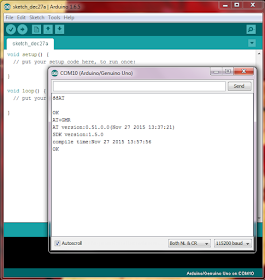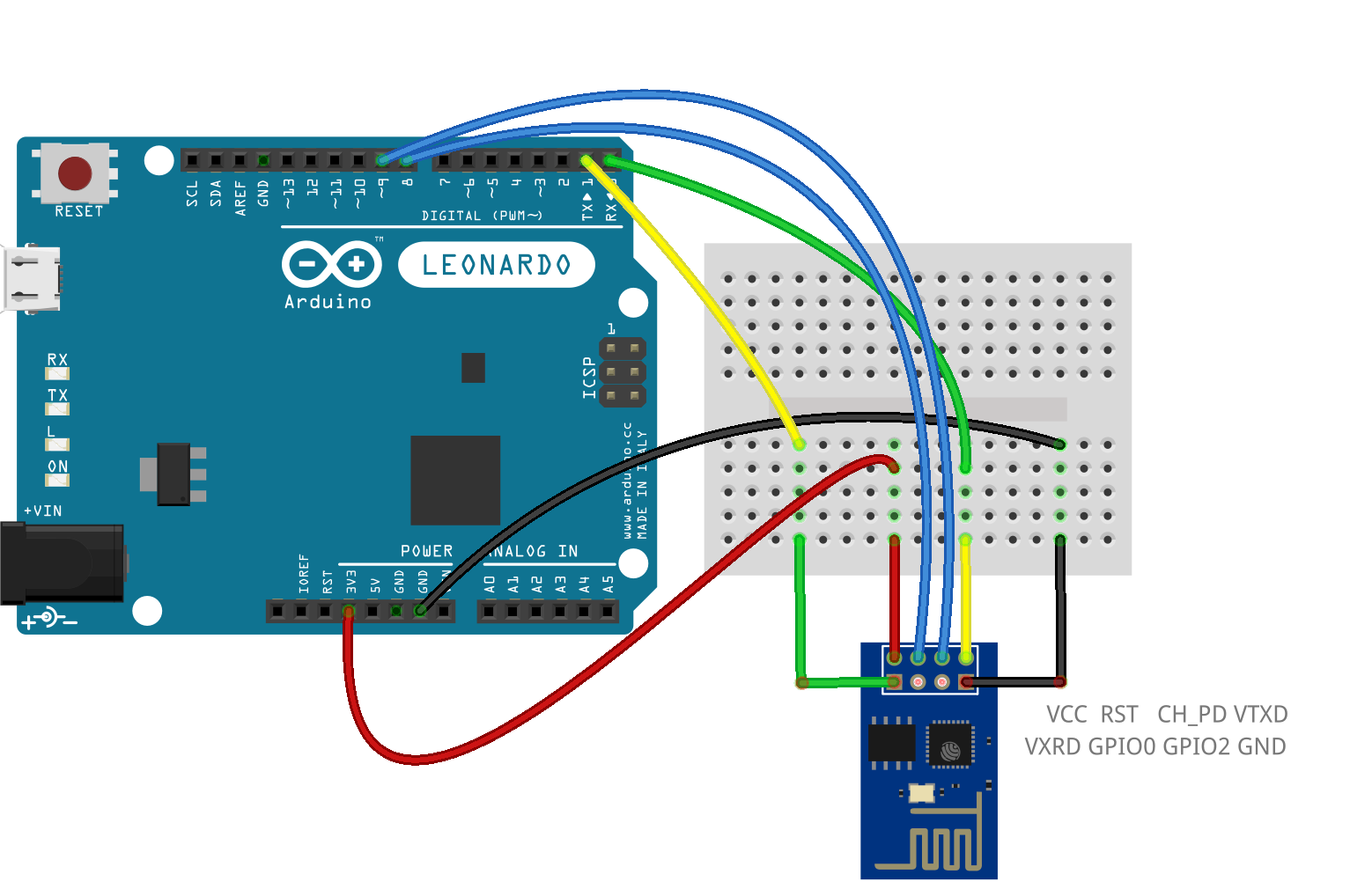
In the sketch below the NodeMCU development board creates a Wi-Fi access point and starts a web-server. String cipSend = "AT+CIPSEND=0," + String(postRequest.After testing the basic Wi-Fi connectivity options of the ESP8266 it is now time to explore some of the more interesting features of the chip. "Authorization: Bearer " + DEVICE_SECRET_KEY + "\r\n" +

"Content-Length: " + data.length() + "\r\n" + String postRequest = "POST " + PATH + " HTTP/1.1\r\n" + JsonObject& root = jsonBuffer.createObject() String DEVICE_SECRET_KEY = "your-device-secret-key" String PASSWORD = "your-wifi-password" // Password String WIFI_SSID = "your-wifi-ssid" // Your WiFi ssid Copy and paste the publishEvent.ino from the example code below.Click on File > New to create a new Sketch.Its also useful as both the CH_PD and VCC pins on the ESP 8266 require power. To connect the Arduino Uno to the ESP 8266 you'll need to connect the following pins:Īs the Ardnuino Uno takes male jumper cables while the ESP 8266 requires female jumper cables, a bread board can be used to make the connections. The COM port for the Pycom device will be listed as USB Serial Device or something similar.Open the Windows start menu and search for Device Manager.This will add permissions that will allow you to upload a sketch to the board. Once you've completed that, reboot your computer. Note: For Linux, you may need to run the two commands below.

dev/tty.usbmodemP圓43431 on MAC or /dev/ttyUSB0/ dev/ttyACM0 on Linux

If no name is displayed, you can find the port with the following steps: Linux and Mac OS X Select the port that displays Arduino\Genuino Uno.



 0 kommentar(er)
0 kommentar(er)
